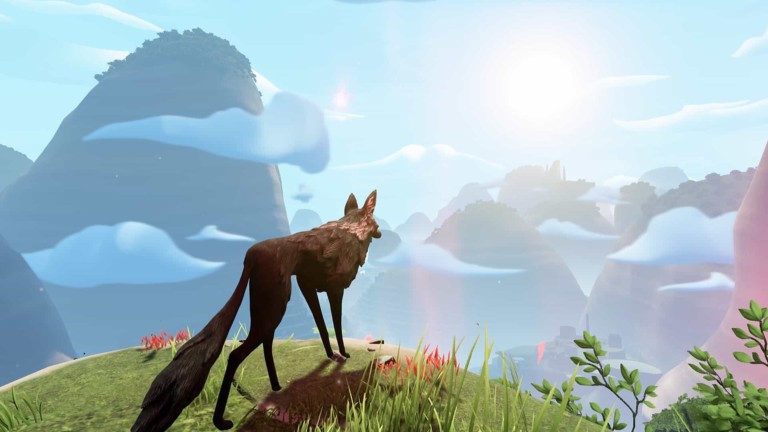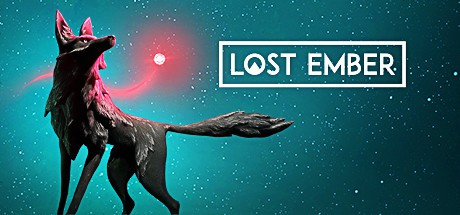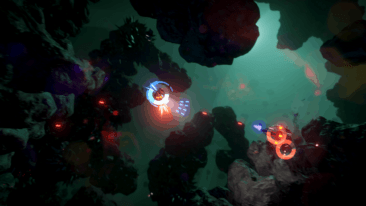LOST EMBER by Mooneye Studios
I have been down a rabbit hole reading works by Graham Harman, Ian Bogost and Timothy Morton concerned with the idea that all things factor in existence, not merely consciousness. This is called post-anthropocentrism, or object-oriented ontology (OOO for short).
It posits that the Cartesian notion found in quantum physics and philosophy that consciousness instantiates reality has dominated too long and that perhaps it is as archaic and myopic a notion as the Earth being flat.
Animism Animated
Because of this, my attention has been foveated towards those works that reflect this new school. I have seen it rising in games like Everything (inspired by the ideas of Alan Watts) and in VR pieces that have you switching from object to object to afford you the perspective of objects in the land – not exclusively characters in the play.
Don’t be misled into thinking that all this preamble is a pseudo-intellectual space-filler, for indeed LOST EMBER is a hybrid spiritual/post-human work that has you flitting between creatures of the land to solve territorial puzzles while unraveling a yarn about light beings not allowed into a kind of heaven until they possibly reckon with a karmic debt.
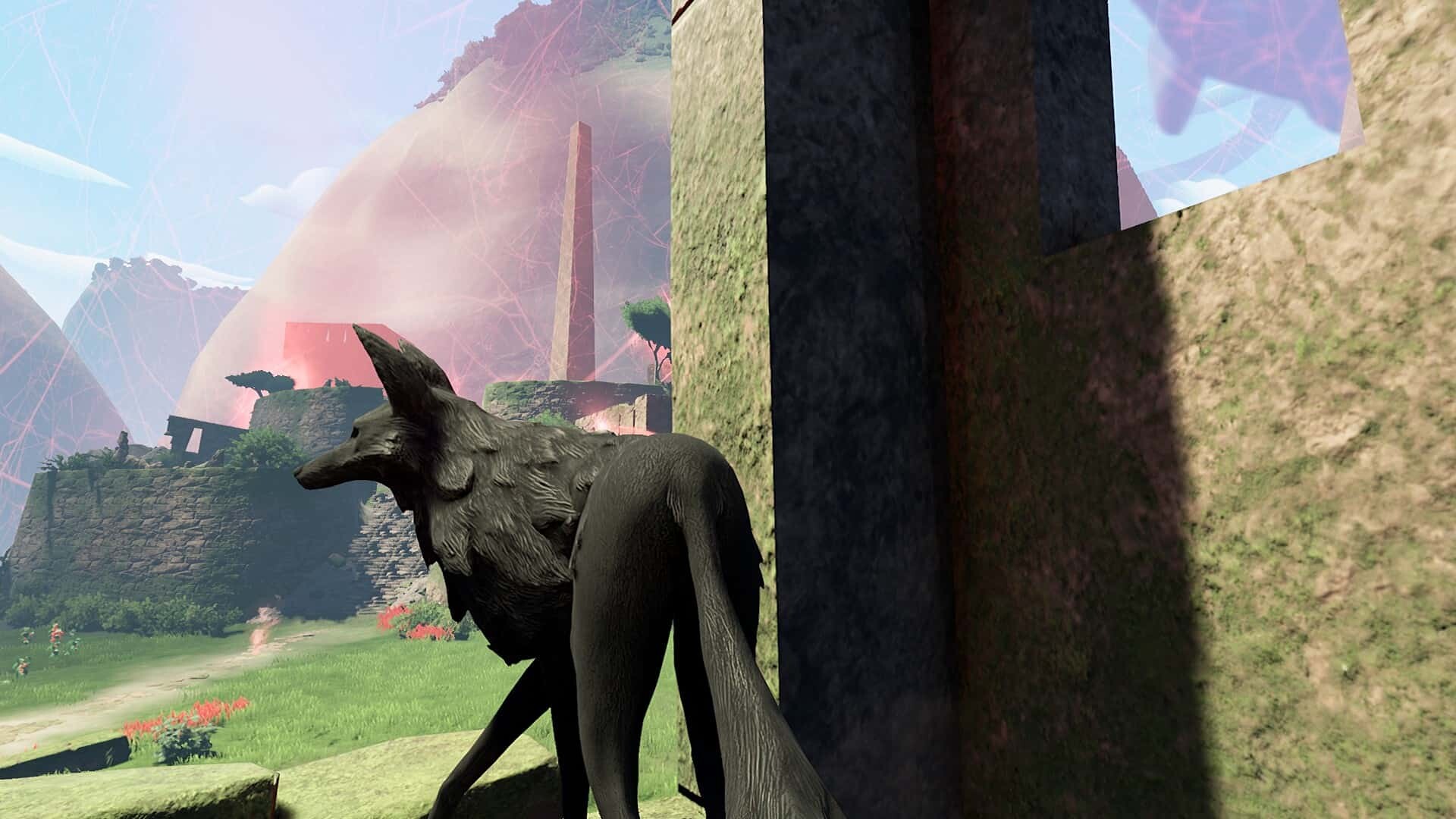
Virtual Samsara
This is explored via a series of faux-volumetric tableaus – of the kind that has become quite common in immersive media – revealing memories of a distant past wherein you were a kind of warrior who was killed for mysterious reasons.
Now your spirit has returned and inhabits a wolf. You can, however, transport your essence to a variety of other creatures, each with its intrinsic mode of locomotion, whimsy and access.
I don’t want to spoil the creatures you may inhabit, but I can report that they are varied and wonderful in their implementation.
What is going on at a higher level, however, is the idea that pure entities transcend to a kind of heaven, and the rest must return to an incarnation to reconcile their dharma. This idea that animals are manifestations of a soul reincarnating through different permutations until becoming human – or perhaps even sublime – is seen in the writing of the ancient Greek philosopher Herodotus and is, of course, pervasive in the Buddhist and Hindu religions.
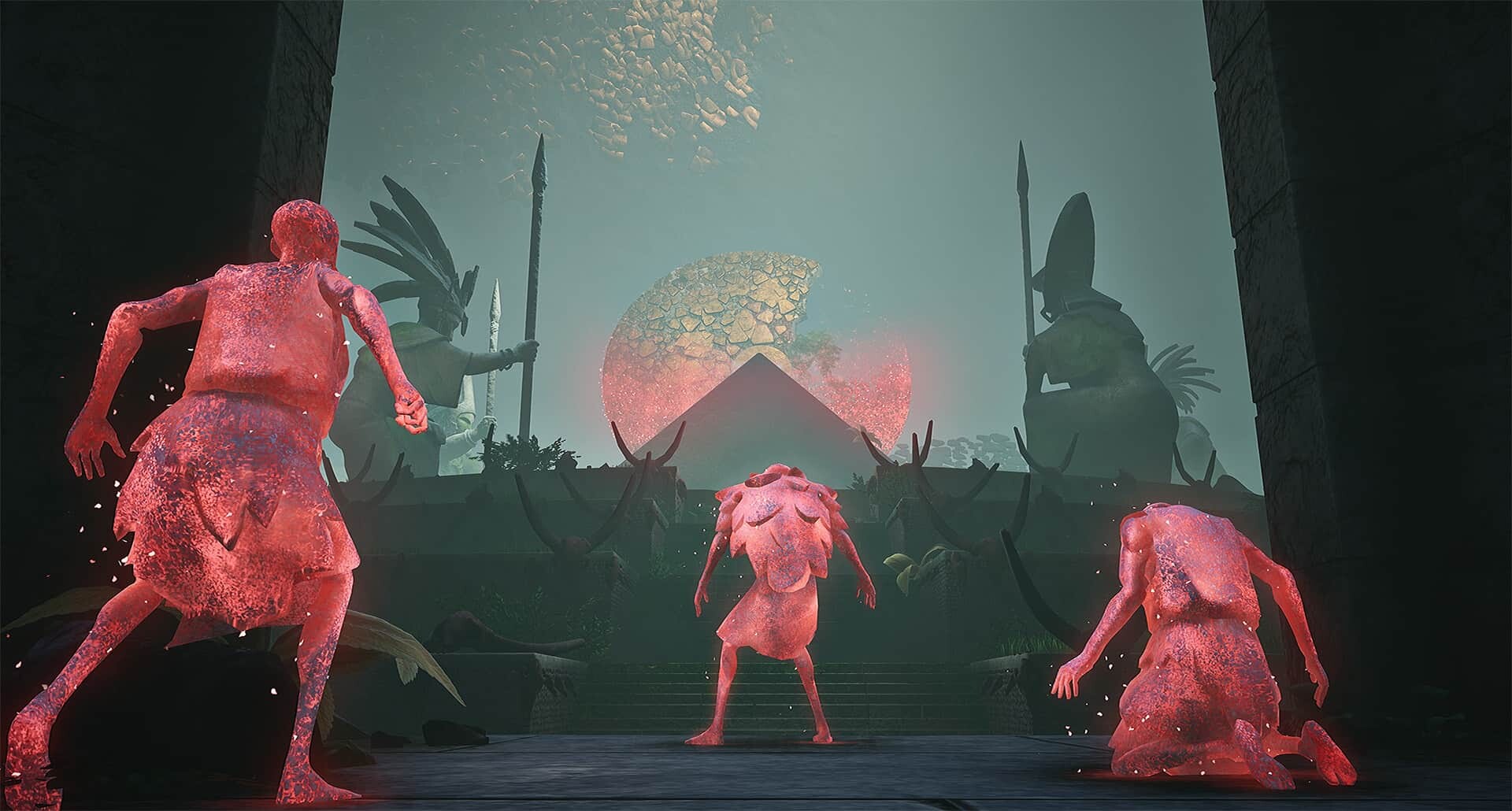
Beauty and Impermanence
The experience of LOST EMBER is supported by a talented group of artists who have rendered an eye-popping world of representative nature and character design – I particularly love the almost carved-wood texture of the protagonist wolf – and a haunting and subdued score by Will Morton, John Broomhall and Dorian Behner.
The world is large and almost convincingly open, but ultimately this is a fairly linear narrative on rails, extended with collectible items and creative forms of interactivity. In short, this is a rich walking simulator, not an MMO or combat-driven game. Let’s just make that clear.
It is still a game, however, and possibly a very good one that will be remembered for years to come.
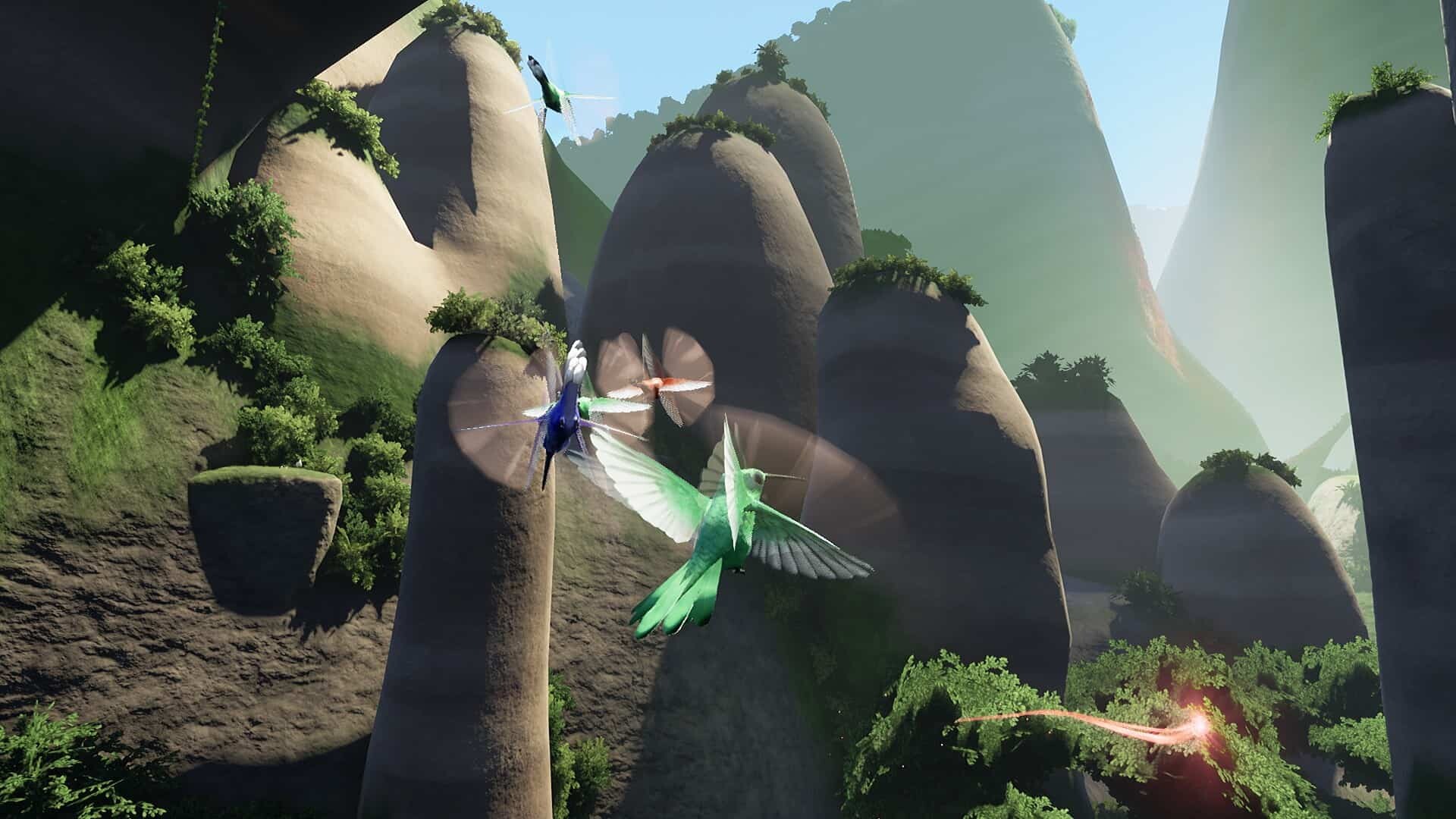
All Creatures Great and Small
There are problems, however, that may stem from its sheer ambition. Some animals burrow, some fly to a greater or lesser extent, some roll, some run quickly. Some are big, and some are small. I couldn’t help but think of the great animated film The Sword in the Stone, where the young Arthur ends up becoming many different animals to complete his quest, minus the anthropomorphism.
The developers had to solve how to ensure that one of the creatures necessary to traverse the landscape would always somehow be close enough to warp to and yet still feel natural in its movement.
If they were just sitting there prone and at your disposal at any time, then it would just feel artificial and contrived.
Sometimes, however, it can feel like waiting too long for a train to arrive. Nonetheless, the trains do eventually come. The world feels alive and somewhat intelligent. Again, a lot is going on here under the hood.

All these varied methods of locomotion can cause glitches. I often pierced walls I shouldn’t have and fell through the world.
At one point I kept stepping onto a grassy slope only to confirm that it wasn’t there. I forgave it for all the beauty in the complex level, which required me to flap my duck wings to get from sky-platform to platform.
I trust and hope that over time the devs will identify these areas and patch them.
Birds, Bees and alas…Bugs
Given that this game has been receiving generous accolades for its looks and originality since 2016, the bugs are less excusable and in fact a little worrisome! Clean up the mess, devs! Get in another round of QA testing, please.
(They are aware of the issues and even delayed the game. It is a matter of biting off a huge chunk, possibly more than they could chew.)
Let me say this, though: don’t let this important critique prevent you from experiencing the game if this is remotely in your area of interest. There is so much to enjoy here that you may forgive these problems.
Satori Must Be Something Just the Same
Besides all the transmogrifying rigmarole, there is a rather intriguing story arc about an ancient culture plagued with hardship that had to face powerful challenges to fight for its very survival.
Amazingly, the team that created LOST EMBER has managed to make these two overlapping elements feel unified.
LOST EMBER is not wholly unique, but it feels important. It is an experience that made me laugh, gasp, play, lean in and sigh. It had me snapping more screenshots than normal and taking some time to consider my next move. Despite its occasional bugginess, I forgive it, for it accomplishes so much in return.
Give it a go, but not without also affording some time to Everything, which may have heightened my experience further.
A VR mode is planned for future release.
LOST EMBER is available via the Nintendo Game Store, Sony Playstation Store, Microsoft Store, Steam and GOG.com.
[xrr rating=”4/5″]
Watch the official trailer for LOST EMBER below:

